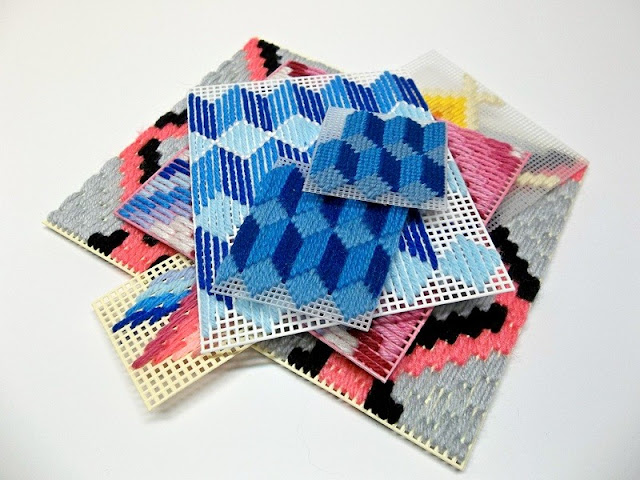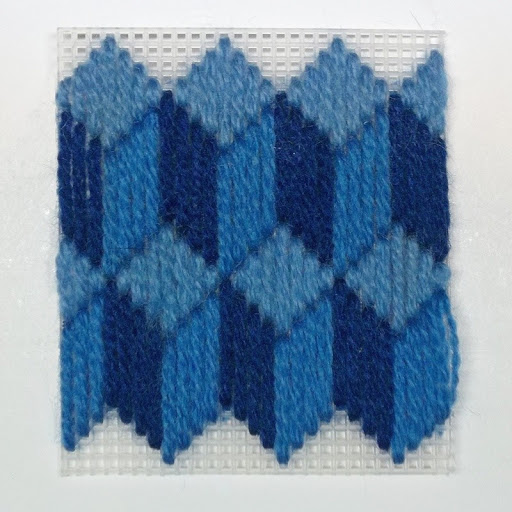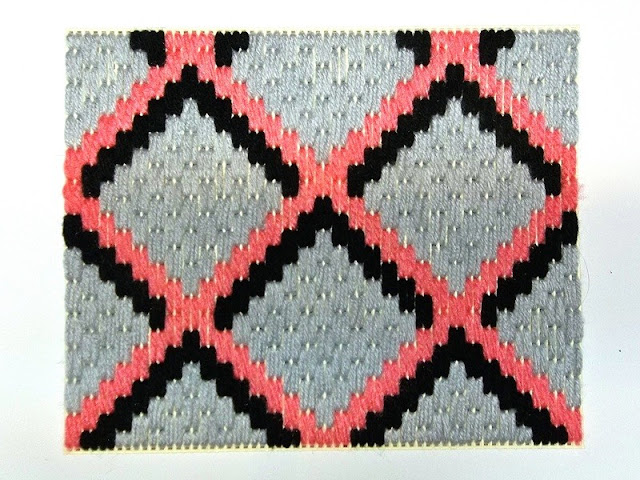 |
| Strawflowers in the porch planter |
Your strawflowers are so pretty. Is it just the camera angle, or do these have unusually long stems?
You're very observant. It isn't the camera angle. Many of these flowers had stems 18 inches (46 cm) or longer. Instead of planting them in annual flower borders as we usually do, this year we planted them in our porch planters, which are halves of wooden kegs. If you look closely at the bottom of the picture, you can see the barrel staves. We seeded the planters heavily so that the plants would be crowded, watered them generously, and fed them with liquid plant food once a month. They rewarded us with tall, healthy stalks and multiple flowers on single stalks.
What do you DO with the strawflowers?
We found several unusual two-toned ones this year in our collection, plus one that appears to be a true black. We put little transparent zip-lock bags over those flower heads to catch the seeds for next year's planting. We cut the other flowers before they could be pollinated, gathered them into bunches tied with string, and hung them in the garden shed to dry. I used them in autumn bouquets along with silk flowers and leaves. This little arrangement was our Thanksgiving table centerpiece.
If I may, I would like to share another autumn flower story with you. We have several re-blooming irises, but — at our high altitude — the flowering season is seldom long enough for a second blooming. This autumn was late. Our yellow re-bloomer put out buds in mid-October. We covered the plants through the first two frosts. The first flower bloomed on the day we received a freeze warning. I was doubtful that we would be successful, but I cut the flower stalks and brought them inside. I put the stems in a pitcher of warm water and hoped for the best. The buds continued to open and new buds formed for a full two weeks! This is one of our most fragrant irises. It filled the house with sweet scent while leaves and even snow fell outside. Here's a picture of our beauty in her spring dress. It was lovely to have this reminder of spring while the world was shutting down for the winter.
I love the mushrooms! Are they all part of the same project? If so, how big is it and what will it be when it is finished?
I'm so glad you like them! Yes, they are all part of the same piece of embroidery. It is a panel that is approximately 34 inches (87 cm) long and 11 1/2 (29 cm) deep. When work slows down at the end of the year, I will finish it. I haven't decided yet whether it will be framed or become a wall hanging. Either way, you will see pieces of it again on our crewel embroidery posts and a picture of the whole thing when it is finished.
Am I right that there are some rows of chain-stitch examples on the brown sampler (October 31, 2015 post) that you didn't show in the enlarged samples on blue cloth? Are you going to show us those?
You are correct. The brown sampler was a practice sampler that I did as I was experimenting with new ways to embellish plain chain-stitches. Due to time and space constraints, I left those off of the close-up samples. However, you can see them close-up on the samples below, along with stitching directions.
1) This is just an extension of the #8 stitch pattern on the October 31, 2015, post (laced chain). Starting at one end of the chain (either one will do), lace the chain with a second color of yarn. When the loops are completed, couch each one with a single strand of the same color. Starting at the opposite end of the chain, lace the chain in the reverse direction with a third color. Couch the loops with a single thread in the same color. This makes a very attractive border.
2) Make two parallel chains in the same color. I have made these some distance apart so it is easy to see how the stitches work. You will probably want to place your lines of stitches a little closer together. This is basically a Pekinese stitch (see the January 16, 2015 post) done on two parallel chains. I started at the right-hand end of the bottom chain, but you can start at either end. I drew my contrasting color of yarn through from the back and, working from left to right, made a Pekinese-stitch loop through two adjacent links of the top chain. Keeping my yarn on the surface and working from right to left I pushed my needle down and then up through the next two adjacent links in the bottom chain. No loop this time. I made another loop through the next two links on the top chain. I continued to the ends of the chains. No couching was required. If you begin from the left end of the chain, reverse the left-to-right and right-to-left directions. You may also want to do a sample of an interlaced double chain made the same way as the interlaced double-running stitch shown on the same January post.
3) Make a rather loose chain with one color of yarn and secure it at both ends. With a thinner yarn of a contrasting color, make a French knot inside each link of the chain. To make a French knot, bring your yarn up through the link, wrap the yarn once around the needle, and push the needle to the back of the fabric, gently pulling it until the knot is formed. Bring your needle up in the next link and continue until all links have knots in them. You may also want to try knots made with floss or metallic thread for more contrast.
I enjoy being able to clarify directions, give additional examples, and expand on topics....so keep those questions coming!












